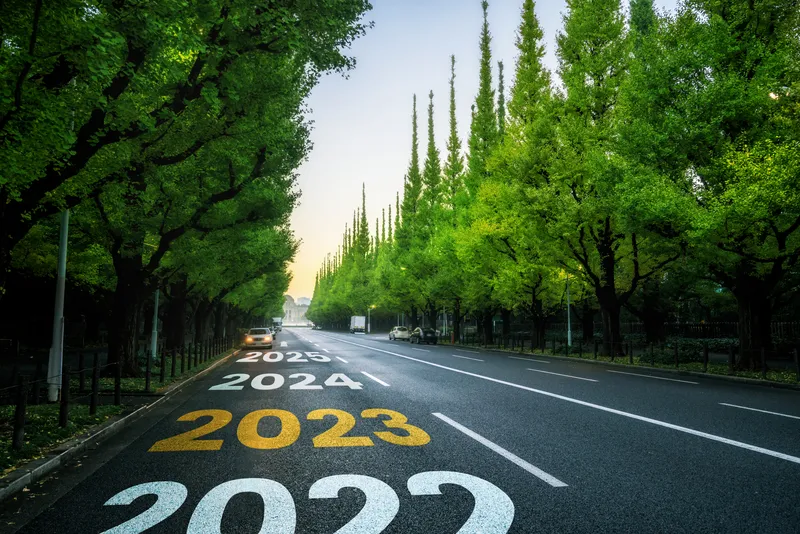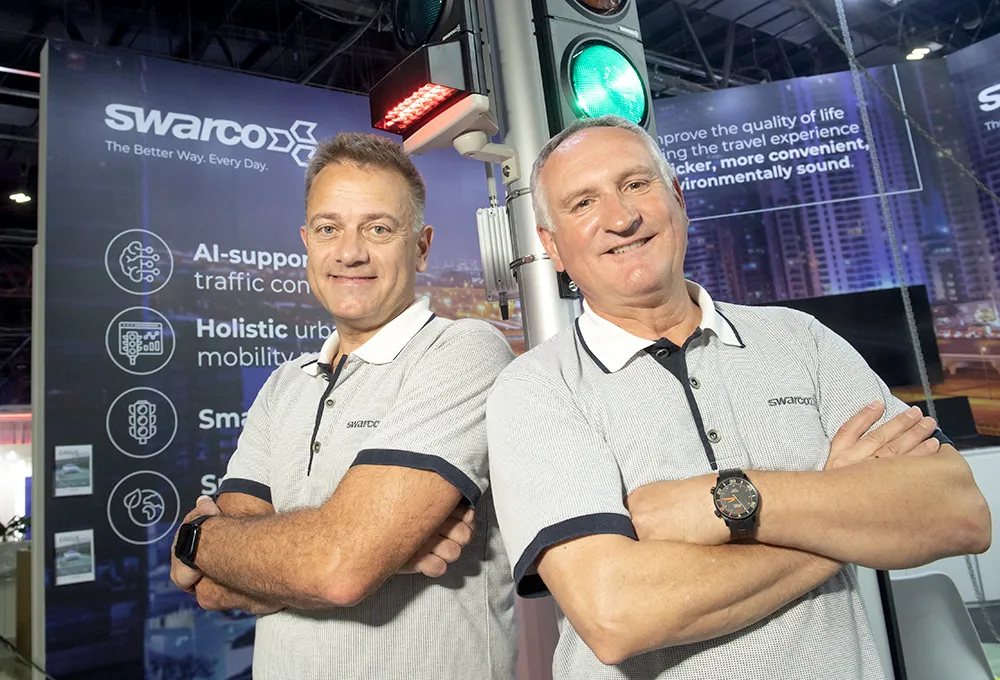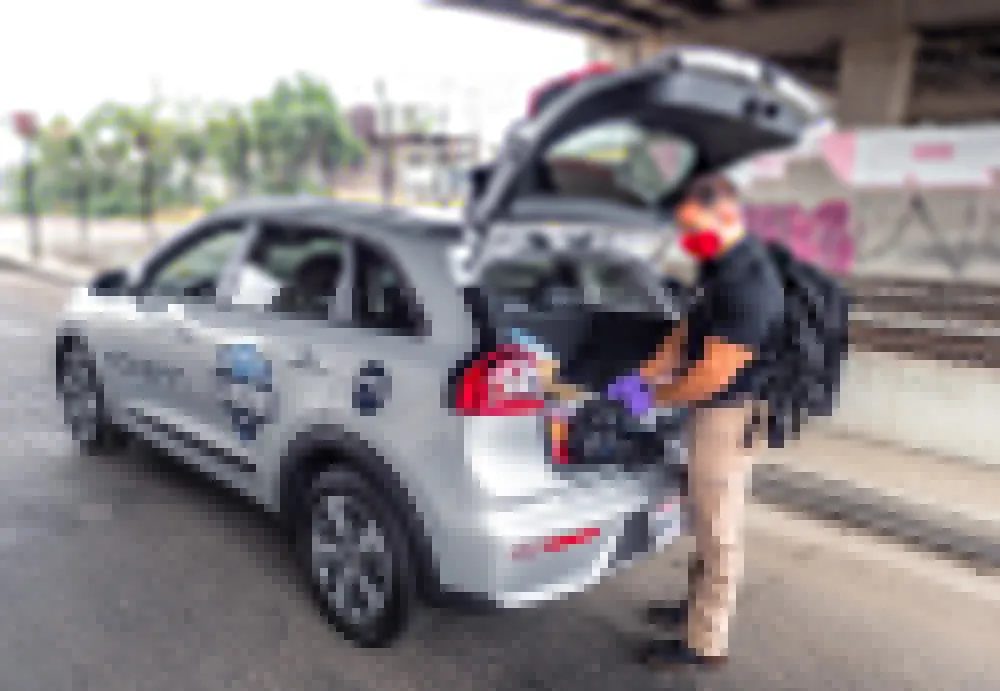
A few ITS and mobility experts offer their thoughts on the hot trends and opportunities for 2023...
Galen Chui, SVP of engineering and products at Cubic Transportation Systems:
Smart cities and ‘connected everything’ initiatives have made transportation a key enabler for human productivity, providing more efficient ways to link people and systems while also furthering initiatives designed to improve transit and roadside safety, reduce traffic congestion in our cities and eliminate harmful emissions that impact climate change.
The new year will bring to the forefront programmes that encourage citizens to embrace alternative, climate-friendly and more active forms of mobility like walking and cycling.
It’s critical to address the safety of vulnerable road users using comprehensive and inclusive programmes that ensure people who walk, bike and roll to have safe access to the transportation system. To that end, proofs of concept using machine learning and sensor fusion will help increase safety, accessibility and inclusion.
Nick Mackie, global head of urban mobility at Visa
Driven in part by changes delivered and accelerated during the pandemic, transit riders are seeking more convenient ways to pay for their journey that minimize physical interaction. By paying for transit using their contactless credit, debit or prepaid card, or payment-enabled device, people no longer need to tie up funds on a designated transit card, paper ticket, or fumble for cash when boarding.
Looking ahead, we expect contactless fare payment to become the standard for public transportation – delivering a more inclusive, efficient, and sustainable transit experience for both riders and operators.
Bertrand Boisseau, automotive sector lead at Canonical:
In 2023, we will see specific trends regarding technology all across the automotive industry. The digital transformation will continue, especially in how customers buy vehicles. There will be more online buying, and vehicle maintenance will rely more on predictive maintenance solutions coming of age.
Vehicles will continue to gain connectivity features and services with over-the-air (OTA) updates. As 5G deploys, cars will see 5G modems included, with some leveraging the mmWave technology. mmWave allows for faster speeds and more bandwidth, which could be used for V2X use cases. With more connectivity, vehicles will continue to become an extension of our homes.
Video conference calls will be more present as well as other key applications. Regarding infotainment, we’ll probably see more augmented reality (AR) and virtual reality (VR) applications included in the user experience whether it’s for the driver or the occupants.
Fred Kohout, chief product and marketing officer, Otonomo:
Your next "smartphone" will have a steering wheel. From a mechanical object with a singular purpose to a connected device to a life-changer, smartphones have enriched our lives in countless ways, and a parallel transformation is taking place with smart vehicles. Cars are undergoing an analogous, tech-fueled reimagination, and in the coming year cars will start to take on some of the qualities we have come to love and expect of our smartphones.
It’s easy to imagine the data-informed technological advancements already in progress and those that the future holds given that the mobility industry is expected to almost double in size—growing to $26.6 trillion by 2023, according to international management consulting firm Oliver Wyman.
Our perception of vehicles is shifting from simply a functional transportation device to serving as an extension of who we are and the experiences we hope to gain. The monumental transformation underway in mobility will forever change how we think about and interact with our means of transportation. What used to be selling points for vehicles—such as vehicle performance, design, and price—is shifting to experience-centered mobility. As our cars’ abilities continue to advance and evolve, our vehicles will eventually become a seamless extension of our digital lives.
Dave Rayner, director of service solutions at Cubic Transportation Systems:
In 2023, [a] customer-centric approach will continue as transport providers enhance their customer, technology, financial and asset management services aligning them to the primary goal of customer engagement and equity. Increasingly, the industry is rethinking transit services through automated technology, and traction in the space will only accelerate in the new year.
I expect to see further advances in the mobile-first approach with apps supported by sophisticated proactive AI-driven chatbots to enhance the customer experience. For example, apps that sympathetically support natural behaviour such as pinging people as they walk towards the station, presenting actionable information such as reminding them to top up their account before they arrive at their embarkation point, or informing them that a lift is out of service, recommending an alternate stair-free route.
MaaS platforms will also continue to help transit agencies interact with each other and private operators, unifying the last mile for travellers. This is a very real progress to frictionless travel through building confidence in public transport use by delivering meaningful engagement. All these advancements will enable the industry to deliver a modern, secure and efficient system, whilst streamlining operations and decreasing costs. 2023 will be the year of the connected (and satisfied) consumer.”
Rollo Home, head of product, Ordnance Survey
I hope that 2023 will bring greater collaboration between the various stakeholders, otherwise we run the risk of ending up with an uneven distribution of EV infrastructure (the ‘not spots’ for charging) which we should not tolerate as a society as it would significantly disadvantage the already vulnerable communities.
Collectively the government and the commercial sector need to look at incentives to providing the infrastructure for people without access to off-street parking, which is currently around 40% of car owners, and faster charging on the move for longer journeys.










